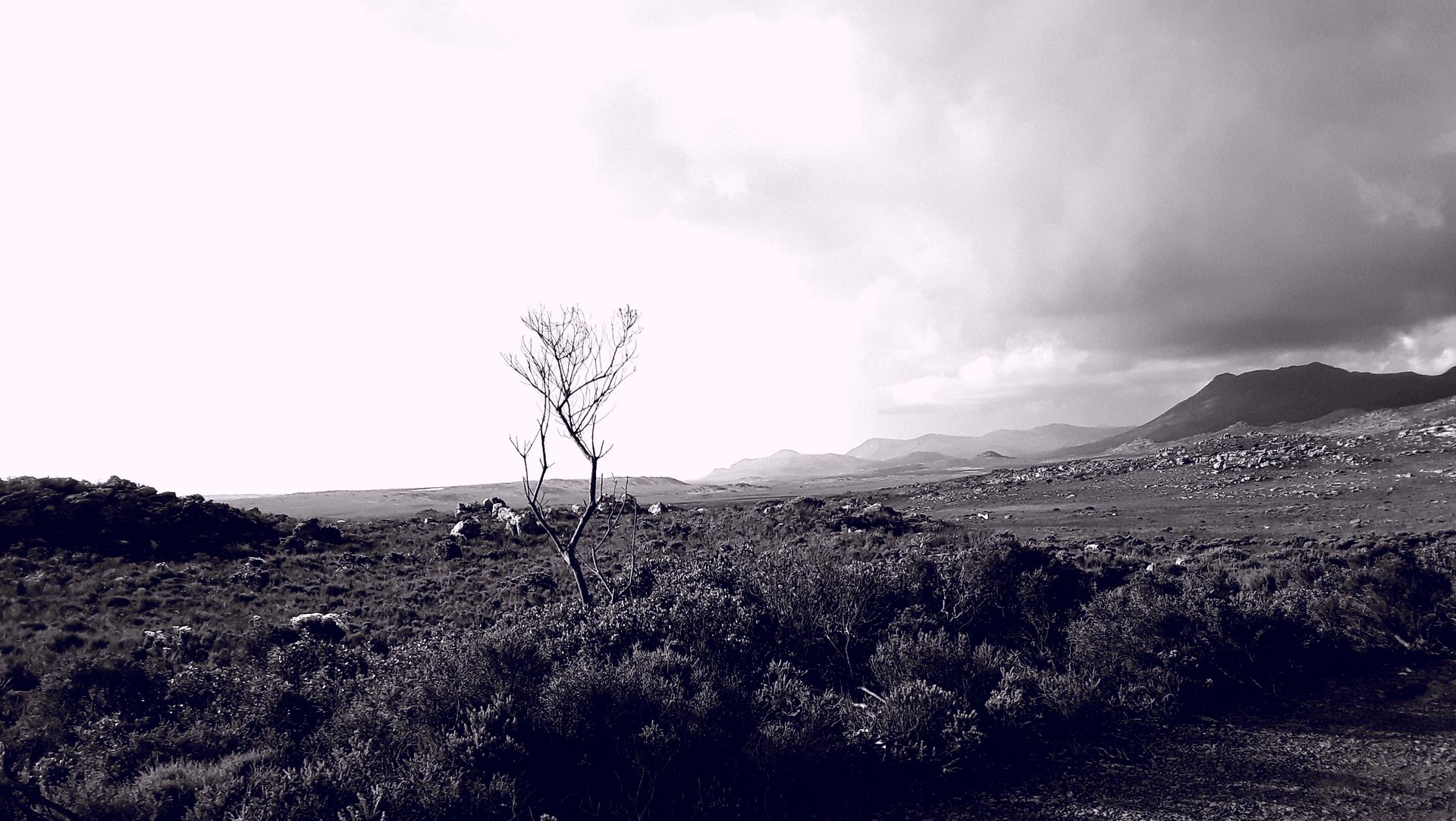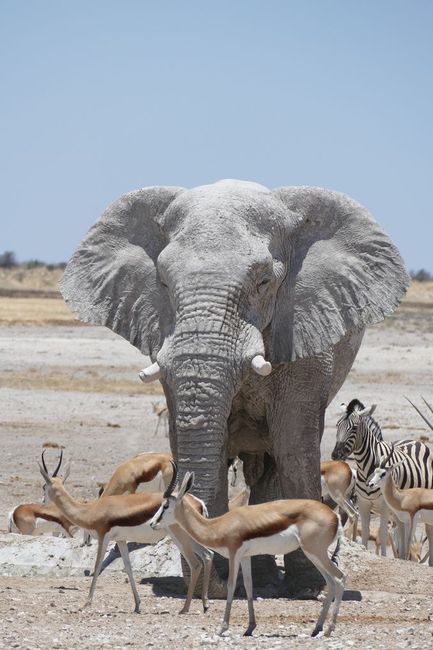
mit-dem-dubs-zu-neuen-ufern
vakantio.de/mit-dem-dubs-zu-neuen-ufern
Bolivia - A Stroll with Superlatives
Опубліковано: 18.05.2018
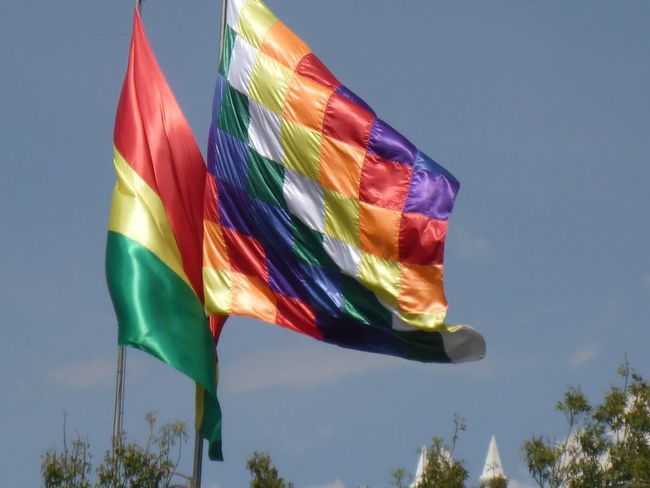
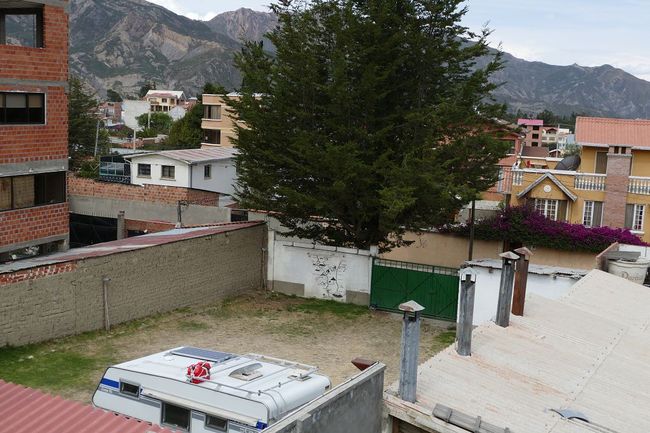
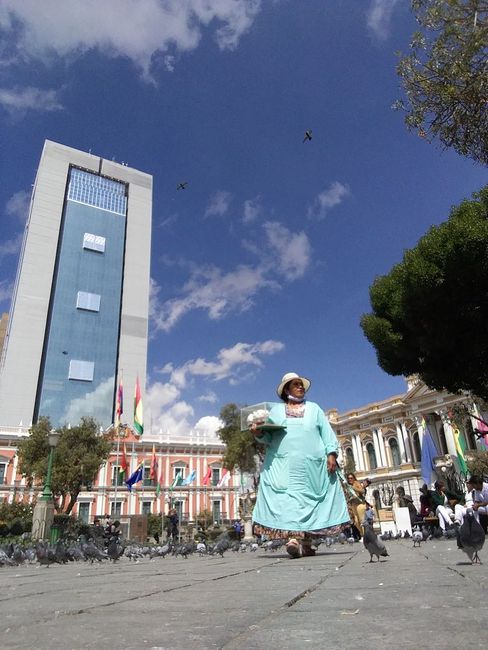
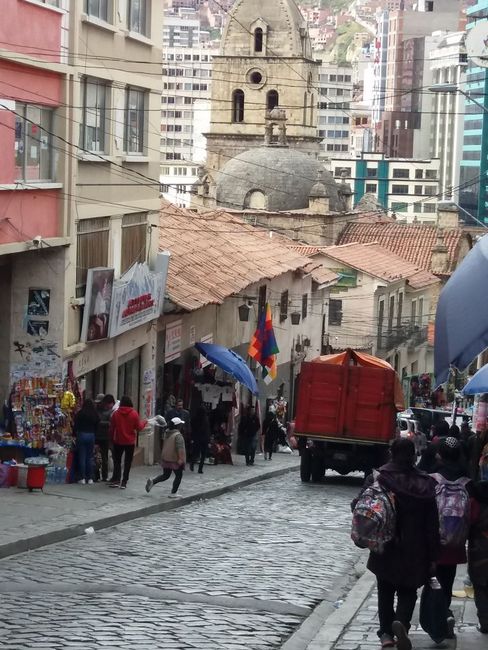
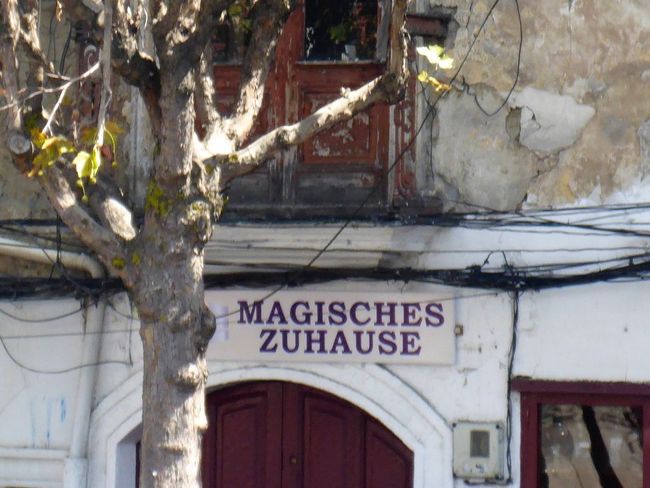
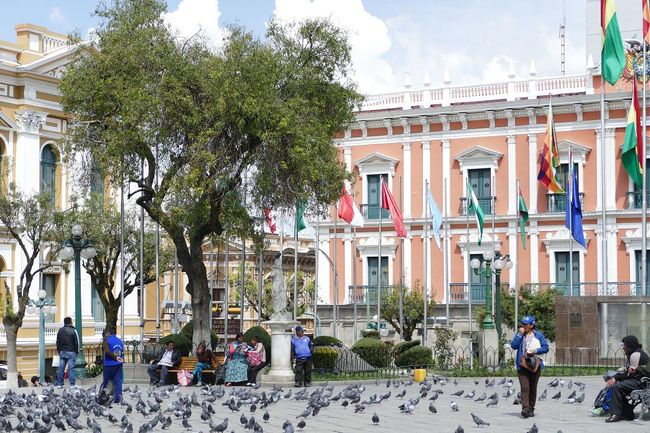
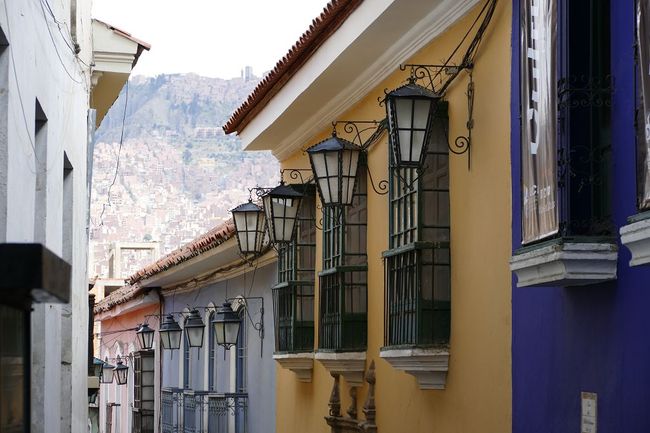
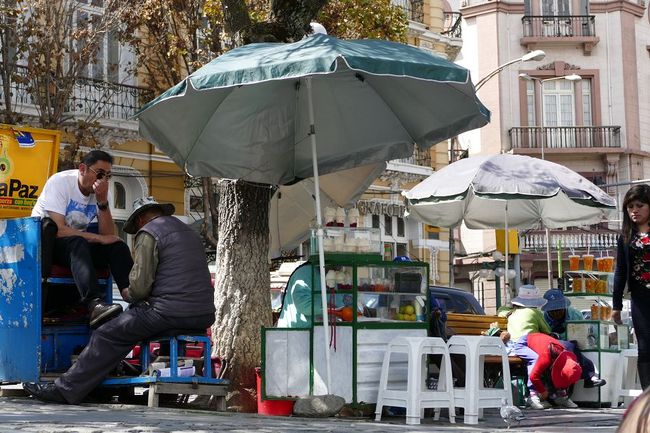
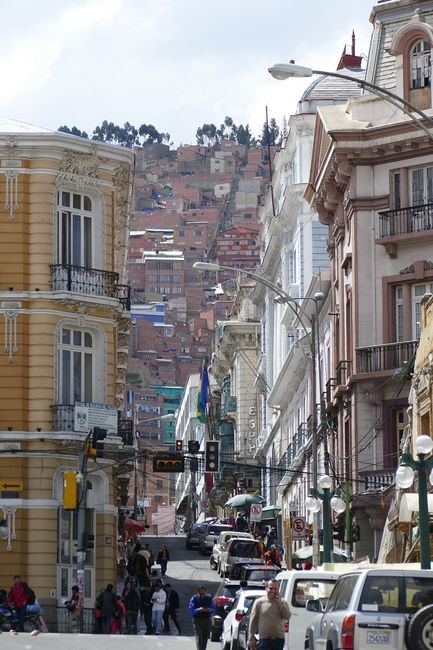
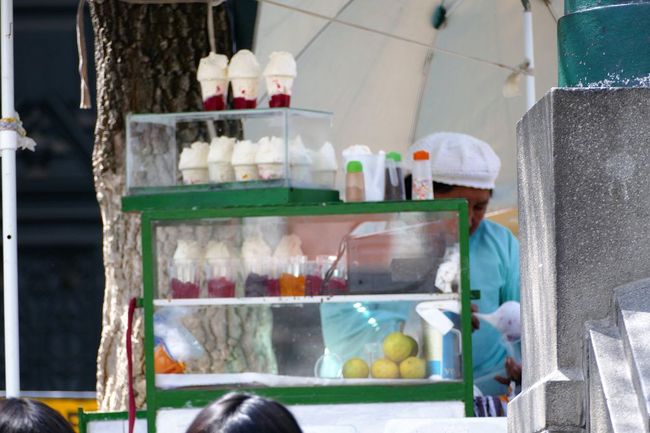
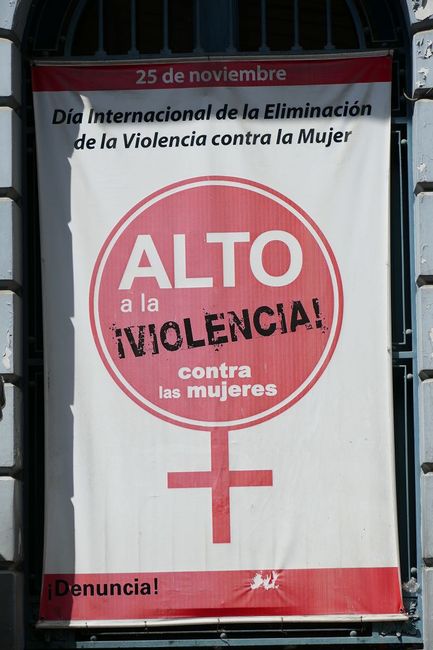
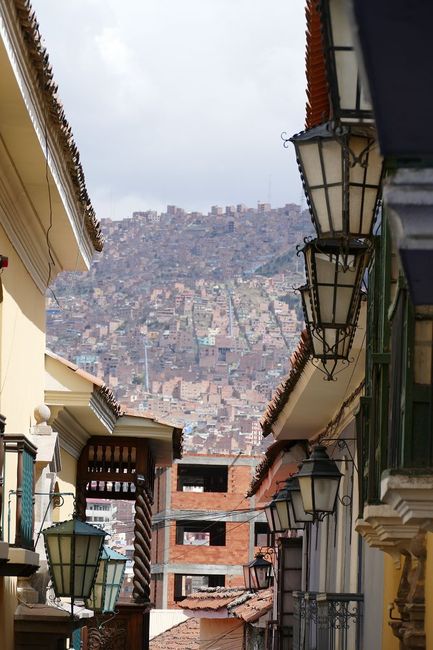
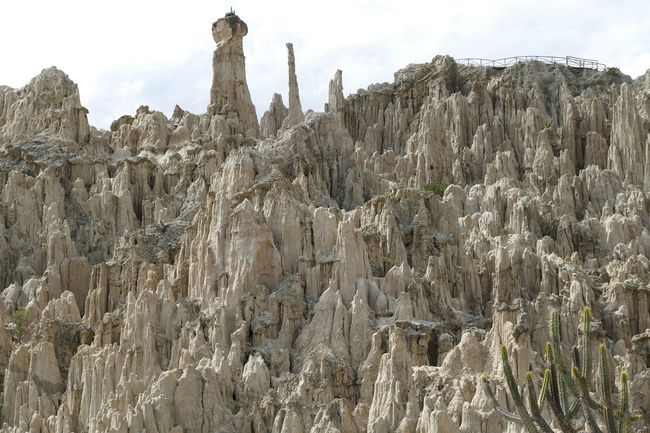
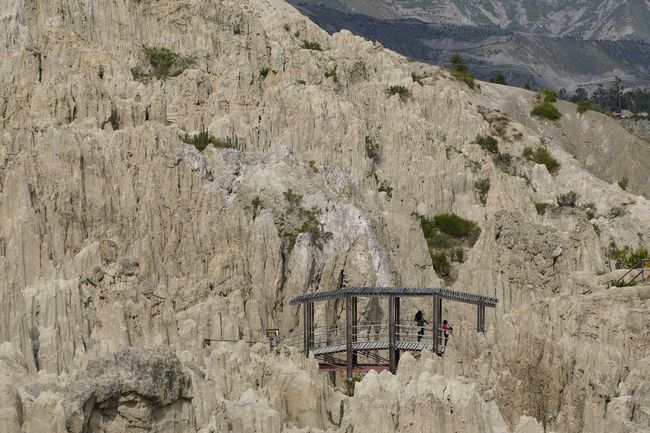
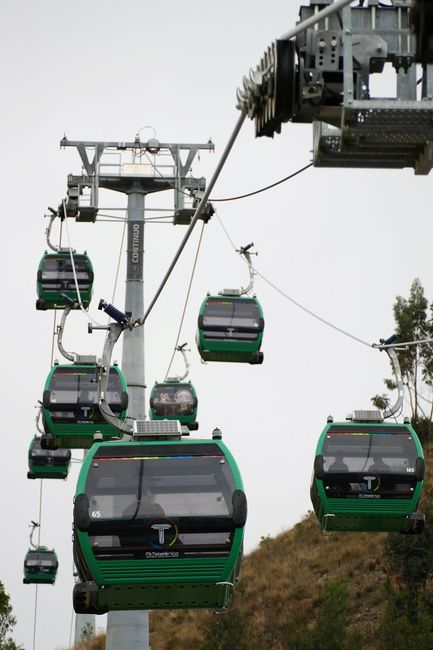
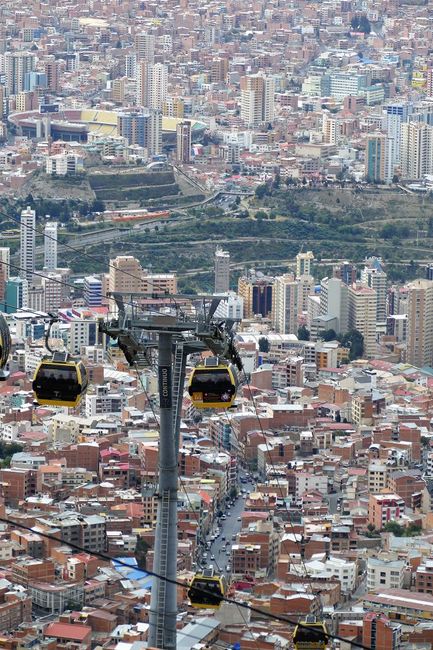
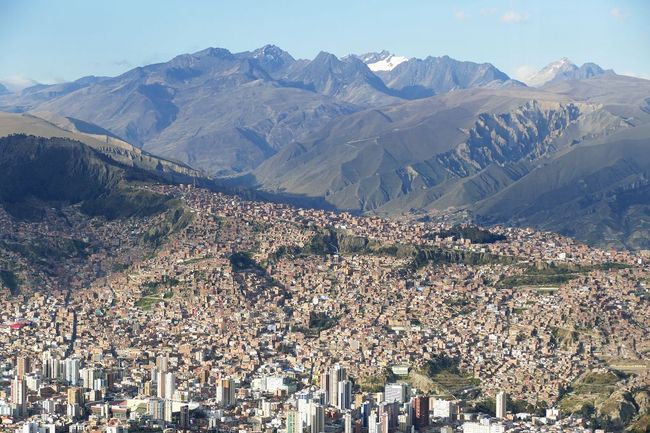
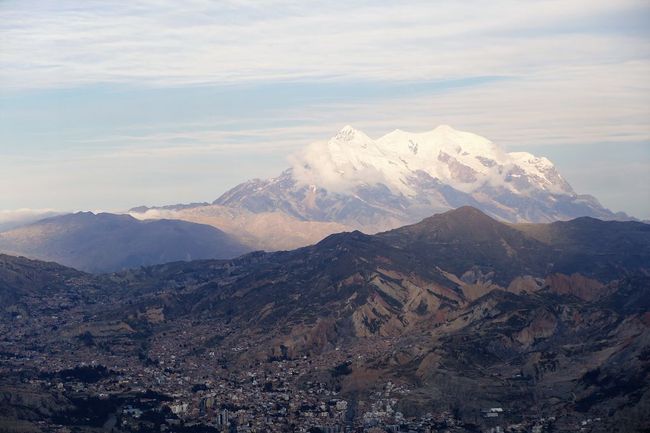
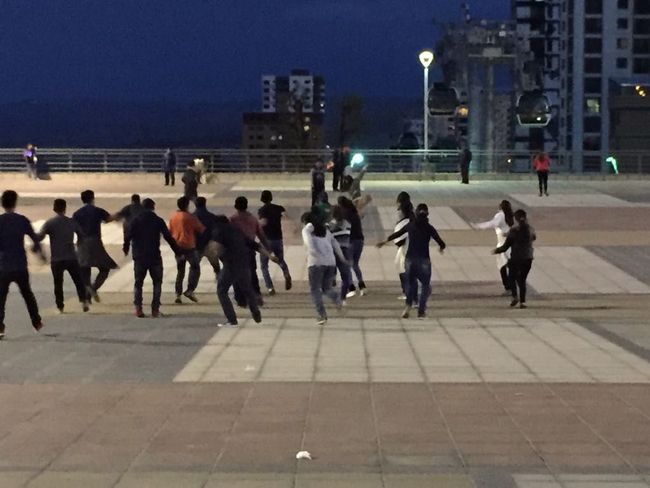
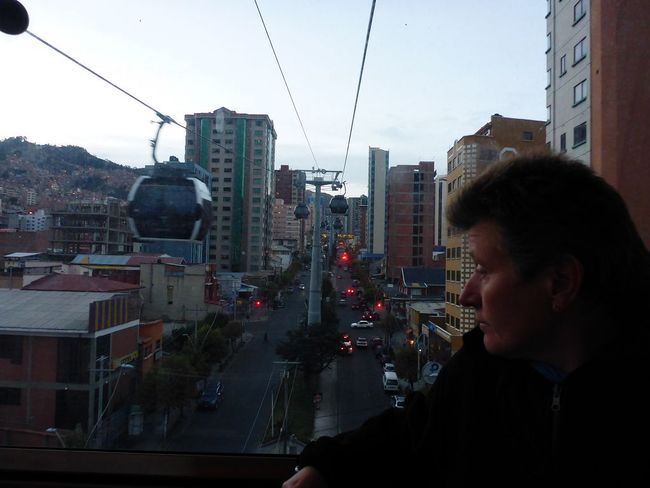
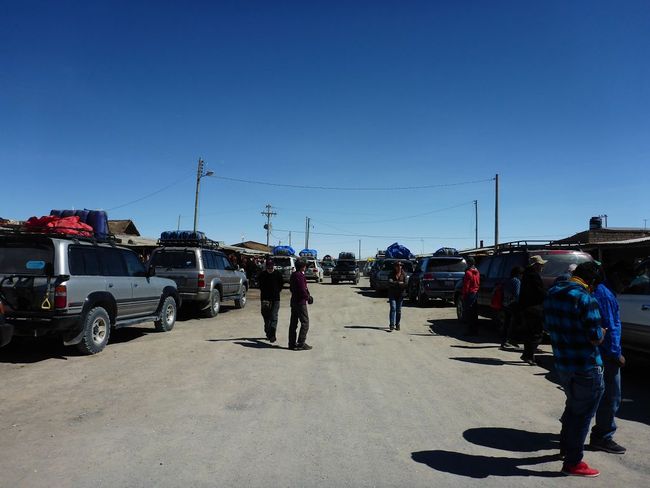
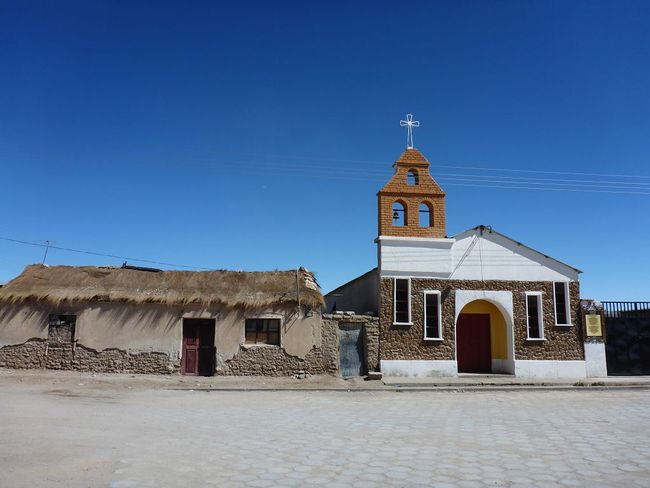
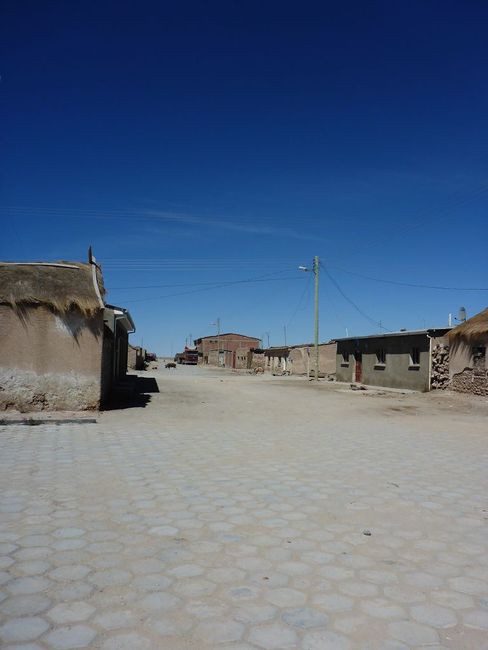
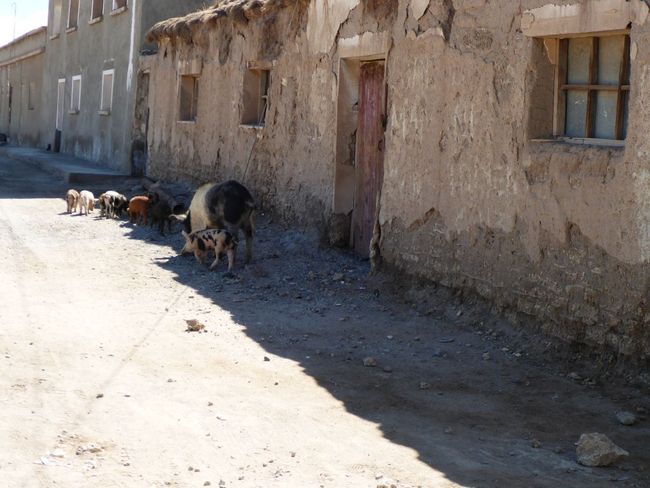
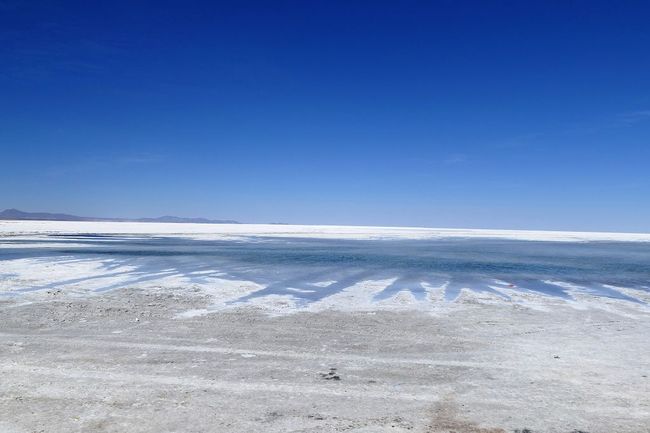
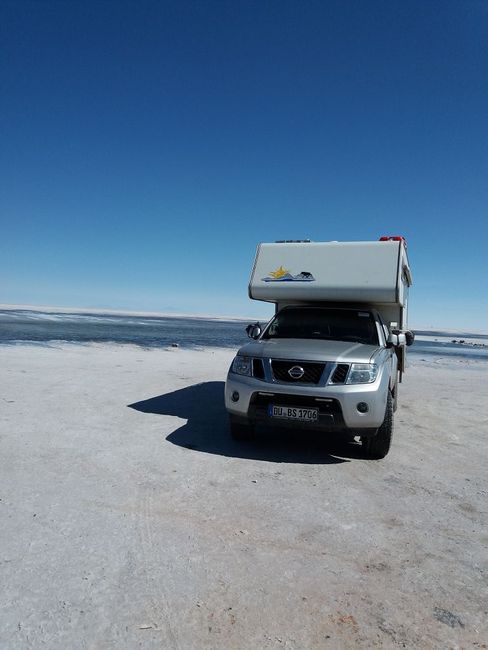
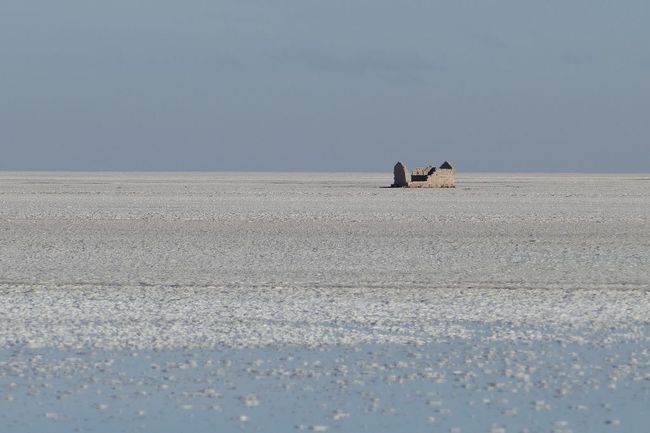
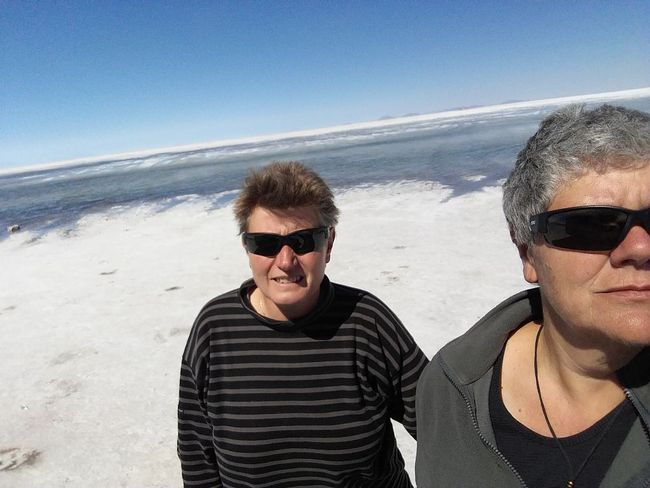
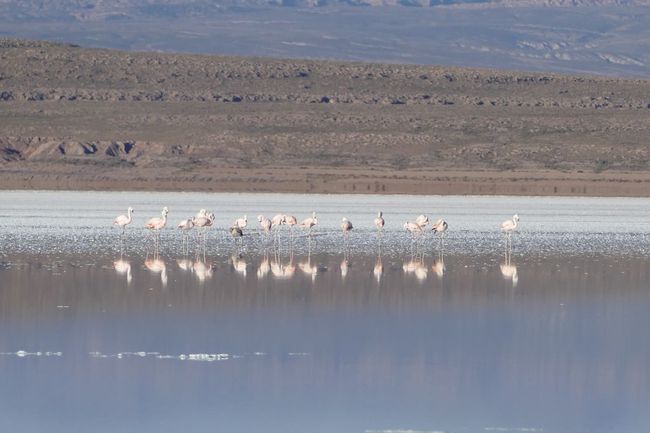
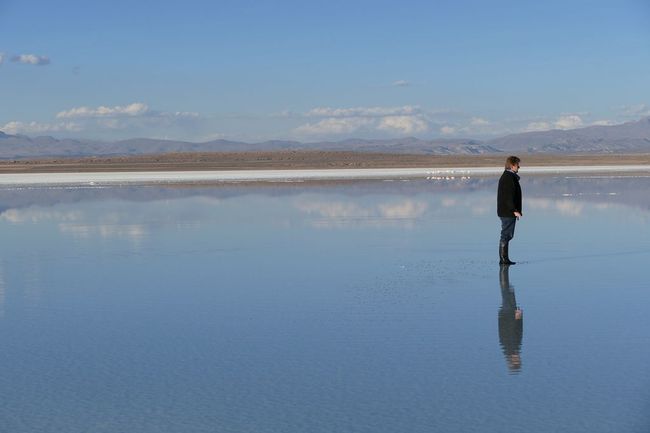
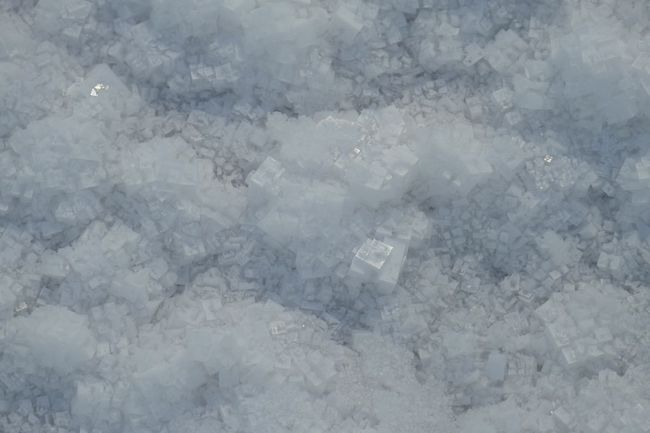
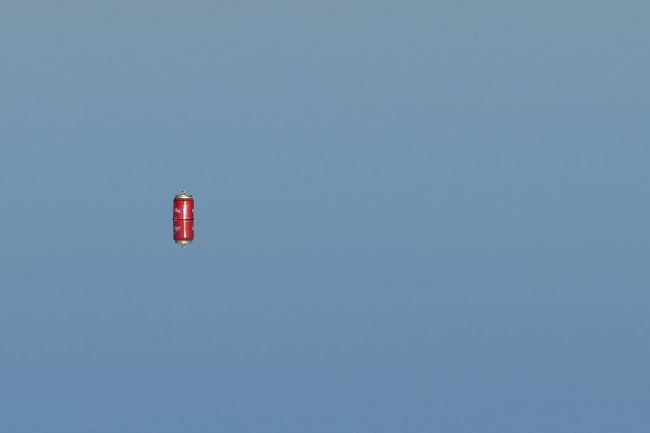
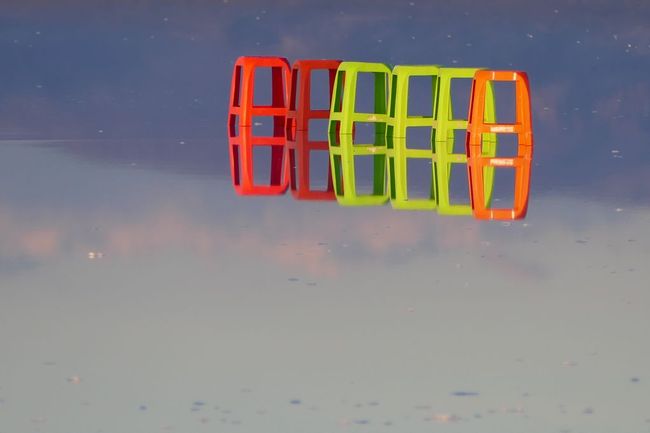
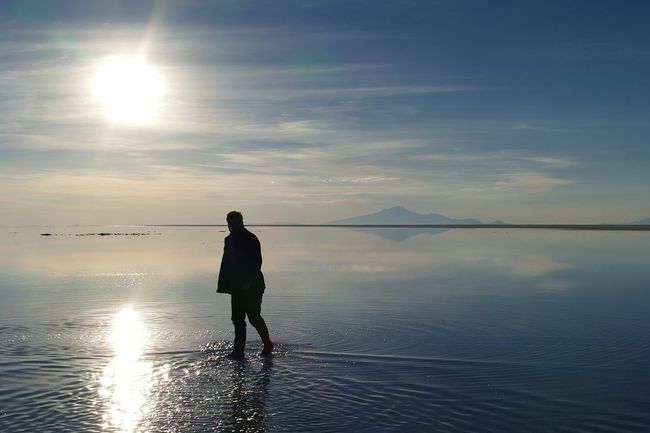
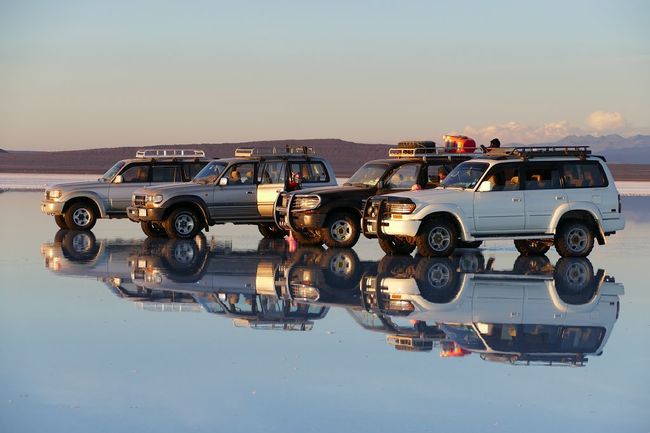
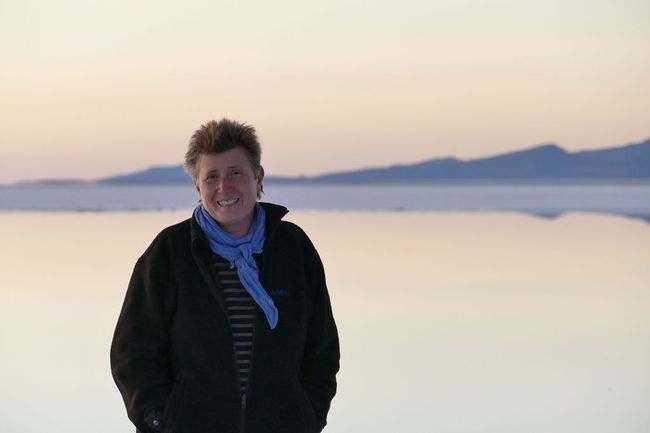
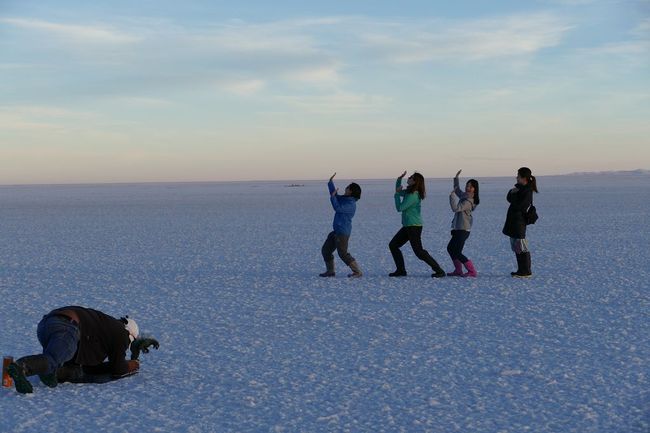
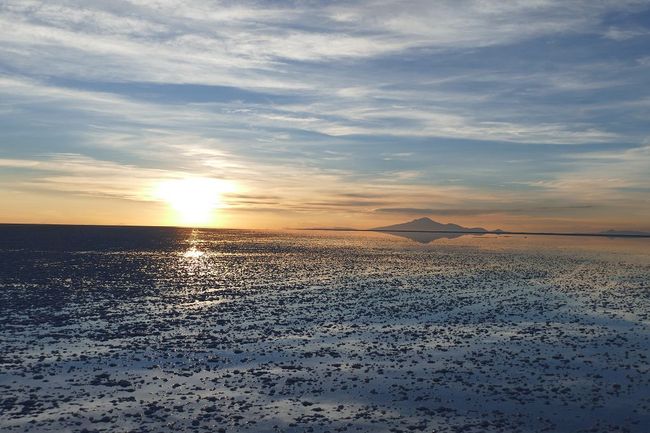
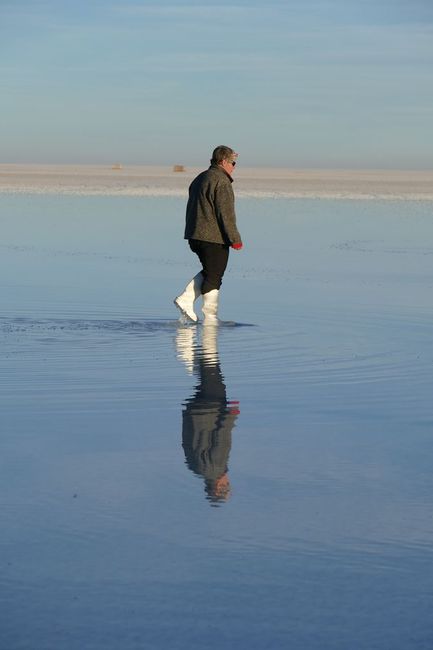
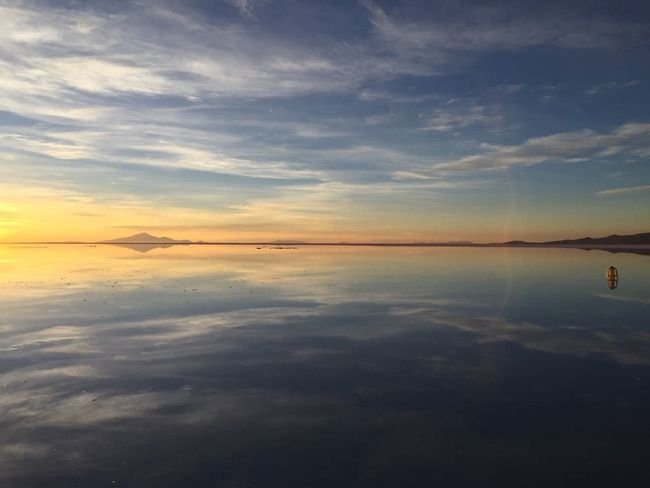
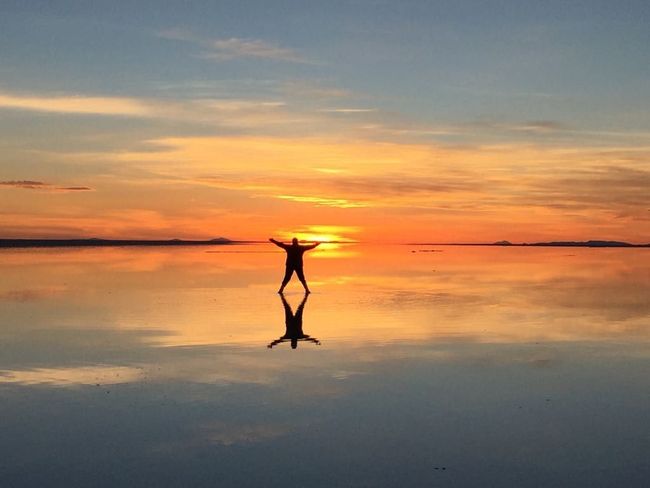
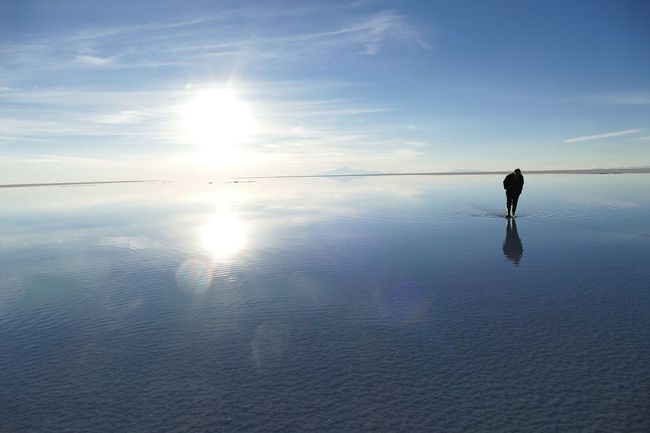
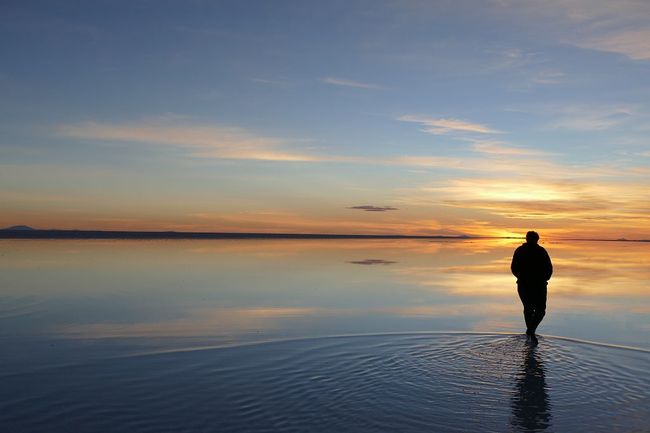
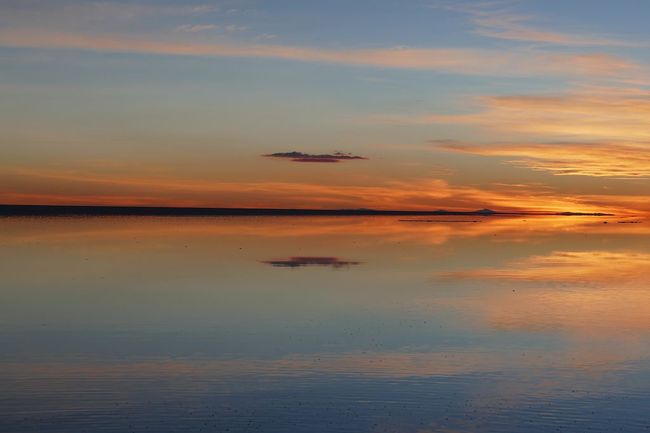
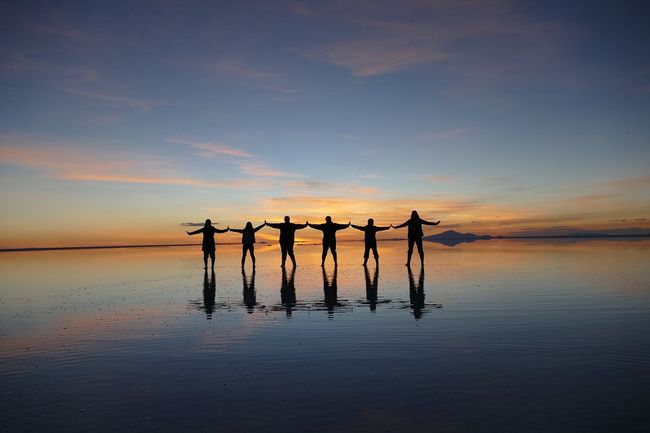
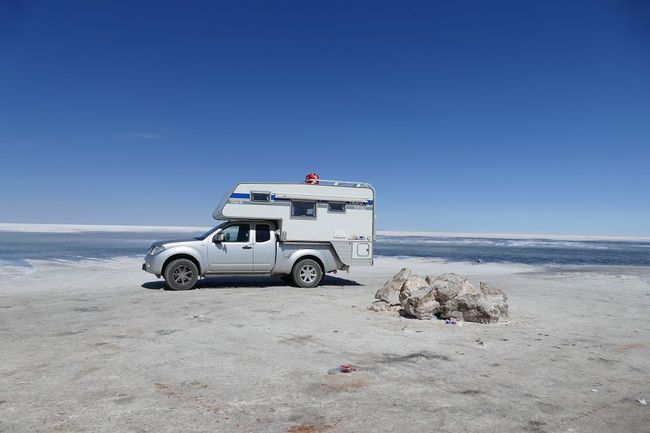
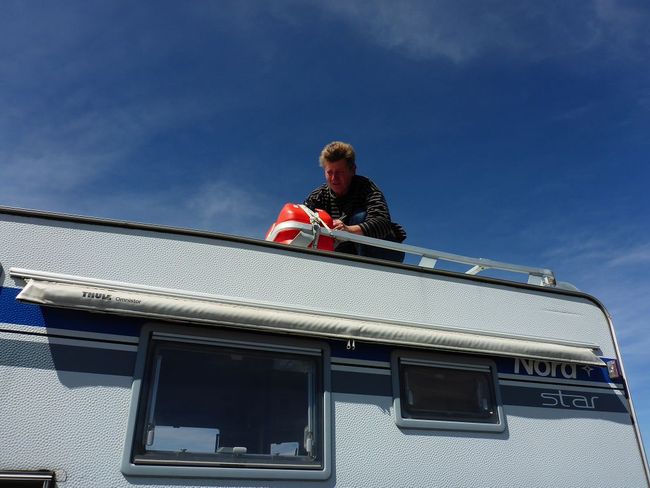
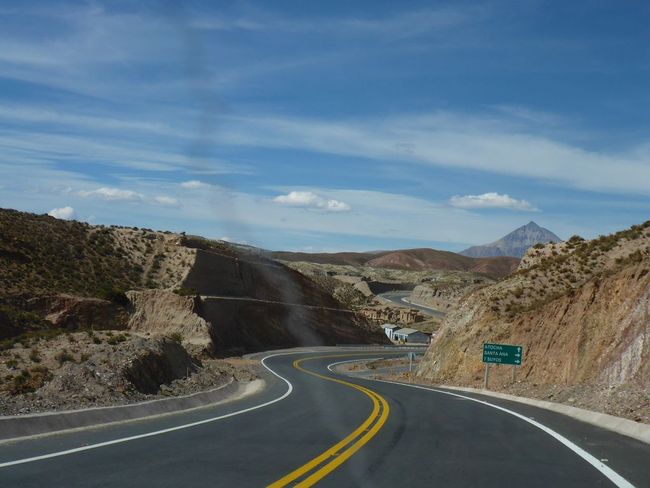
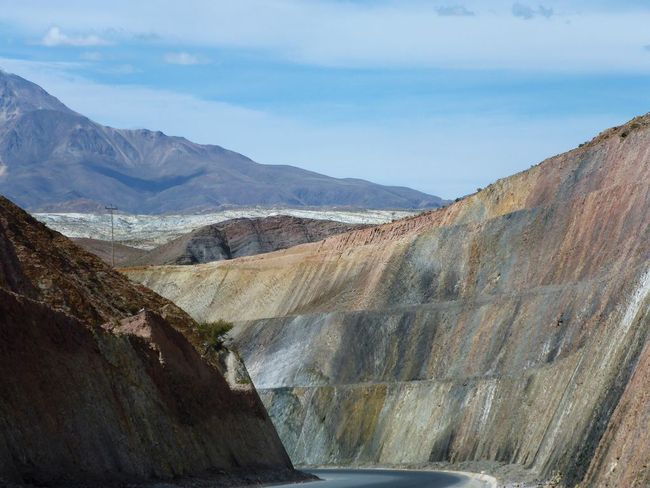
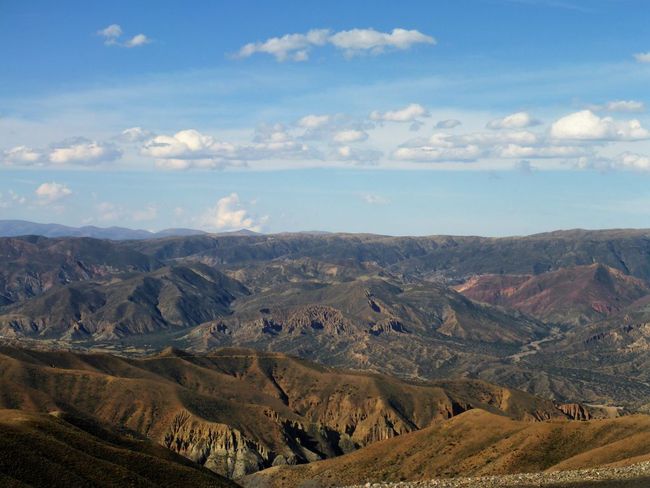
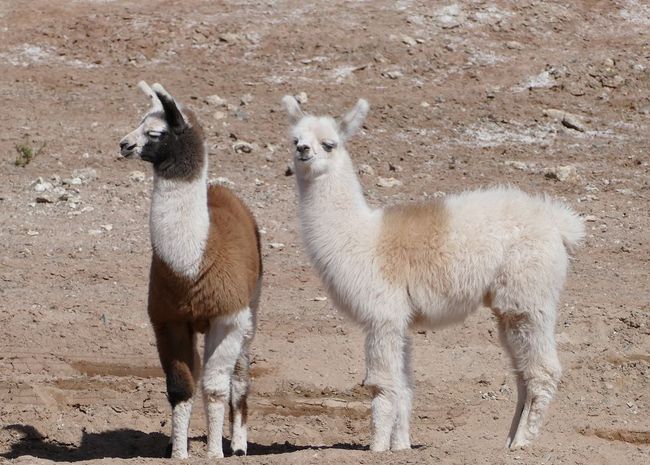
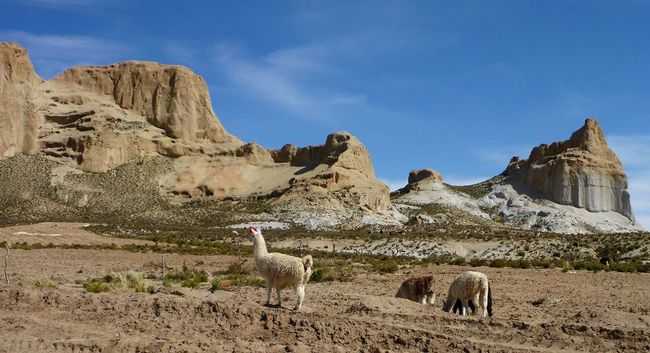
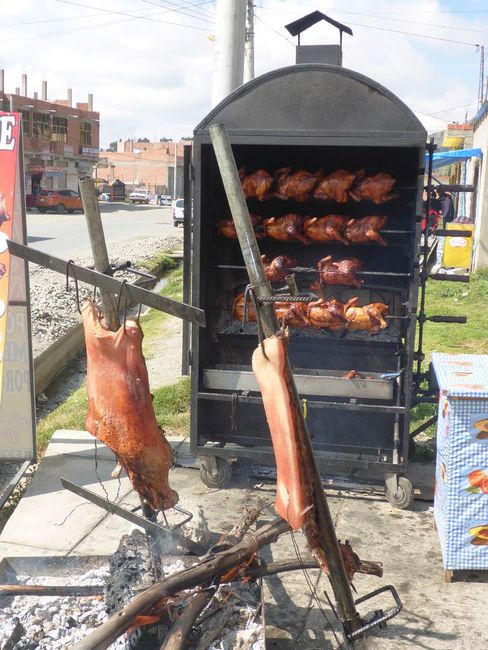
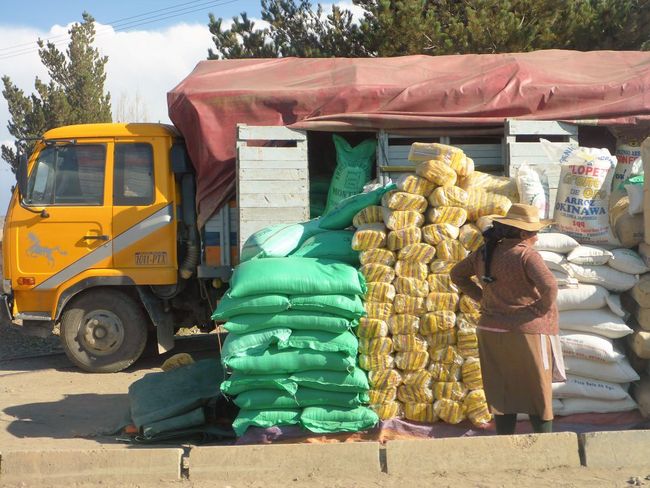
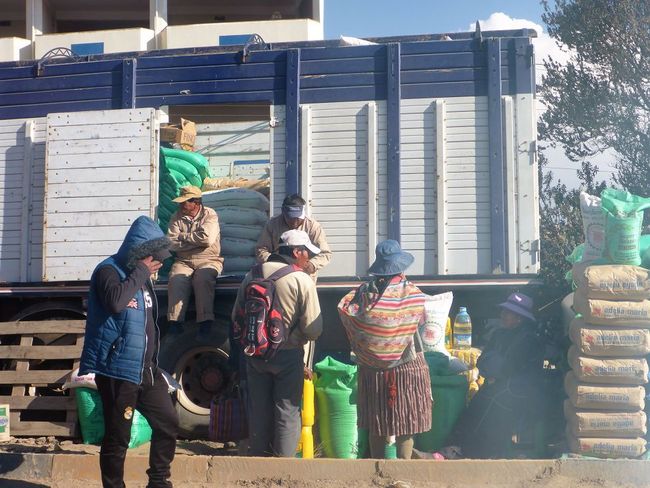
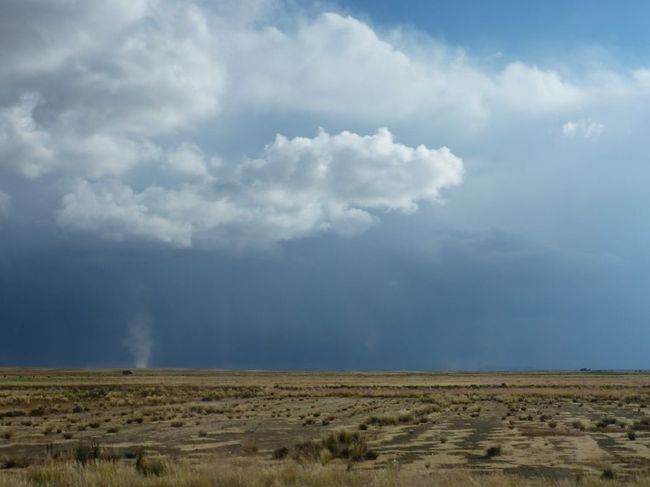
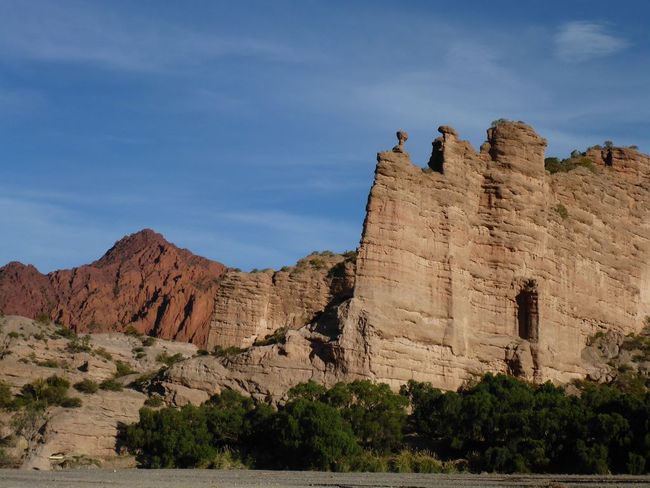
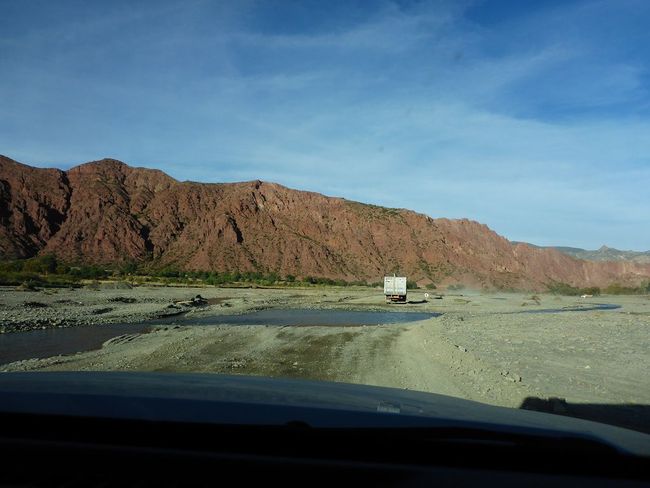
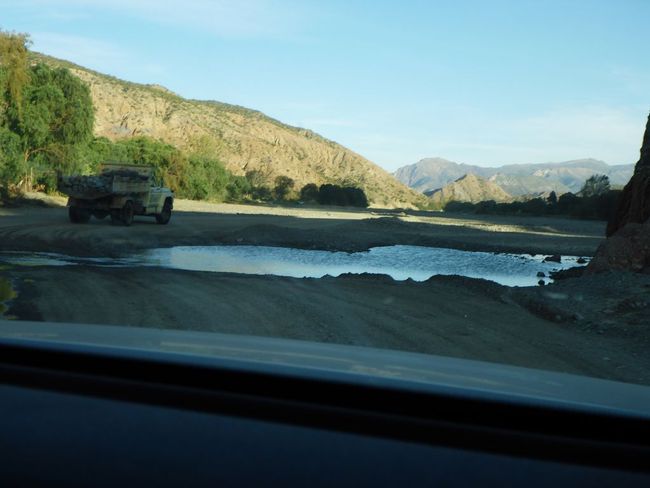
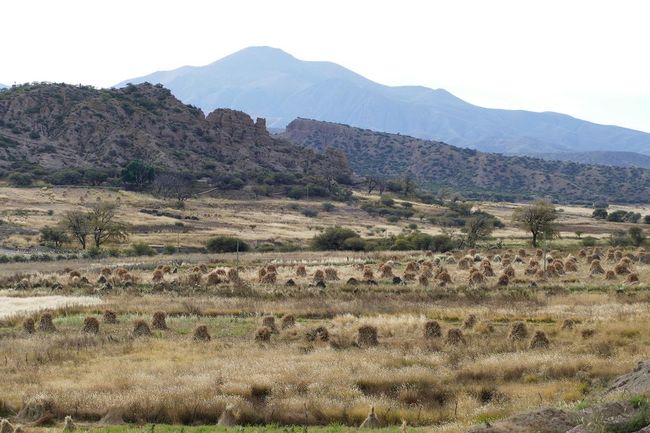
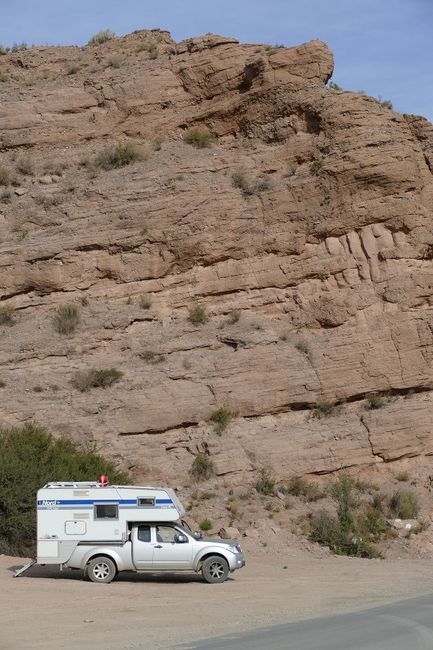
Підписатися на Розсилку
Bolivia is almost as large as Peru, but with only one-third of the population. Only 10 million people live here, 70% of whom live on the Altiplano, a 700 km long and 200 km wide treeless plateau. Bolivia has the highest indigenous population in South America, accounting for 55% of the total population. The country also has a very young population, with approximately 54% of Bolivians under the age of 24. The literacy rate has significantly increased in recent years and now stands at nearly 94%, although it is likely much lower for girls and rural populations.
We will only touch the surface of Bolivia and focus on two tourist highlights: La Paz, the highest city in the world, and Salar de Uyuni, the largest salt flat on Earth. Bolivia has much more to offer, but time is running out, and we want to cross Bolivia with just one tank of fuel plus a reserve of 20 liters. Getting fuel in Bolivia is not easy. Fuel is heavily subsidized by the government, and there are different prices for locals and foreigners. Furthermore, a complicated invoice must be issued for foreigners, which the gas station operators are not interested in doing, so they simply refuse to sell fuel to foreigners. The gas stations are supposedly surveilled by video cameras, making cheating difficult. The common practice is to negotiate a price with the gas station attendant, then drive off the gas station, and come back with containers to "fill up" with cheap fuel without the video camera registering a foreign license plate. This is too cumbersome and silly for us, especially considering that diesel fuel in Bolivia has a very high water content and is quite dirty, which we do not want to subject our relatively new car with a sensitive engine to. So, we fill up in Peru and carry a 20-liter container on the roof. Equipped like this, we cross the brand new border facility into Bolivia. As recommended, we have already filled out the vehicle transfer form on the internet and proudly present our transaction number to the customs officer. However, he is not interested at all. On the contrary, the young man is quite zealous. He fills out all the forms again, inspects our car, confiscates an orange and a tomato, but fortunately overlooks the various bottles of alcohol. He is also the first one to check whether the chassis number on our vehicle registration actually matches the chassis number of the car. After an hour, everything is done, and we can continue. But after just a few kilometers, we encounter the first police checkpoint and our import documents urgently need to be stamped again, a service that the corrupt policeman gladly provides in exchange for a substantial bribe. Welcome to Bolivia.
Our first destination is La Paz, a city with more than 1 million inhabitants, and at first glance, it seems like an impenetrable maze of modern skyscrapers, colonial buildings, villas, and corrugated iron huts. The city lies in a deep, wind-protected valley at approximately 3,500 meters above sea level, and it climbs even further up the steep slopes to the cold and windy Altiplano. About 1,000 meters above the residential neighborhoods of the wealthy and the historic old town lies the settlement of El Alto, a haven for the poorer population and refugees from the extremely poor Andean Highlands. Up there, it is not only less fashionable but also about 10 degrees colder than in the old town, and breathing becomes even more difficult.
Upon arriving in La Paz, we find a parking space in the backyard of the Hotel Oberland and once again have the entire courtyard to ourselves. The next day, we take a taxi to the city, starting at Plaza Murillo, the center of the old town with the recently renovated government palace, the imposing cathedral, and the Palacio de Los Condes de Arana, the most beautiful colonial building in the city. But the real attraction is the multitude of pigeons that populate this square, well-fed by tourists and children who buy maize grains for them from dozens of street vendors. We enjoy the colorful hustle and bustle on the square before wandering through the narrow and steep streets of the city. La Paz is like a giant market, where everyone wants to sell something to each other. It is teeming with street stalls, food stalls, and itinerant sellers. Indigenous market women with their multi-layered skirts and bowler hats are a common sight, as are neatly dressed businessmen who read their newspapers during lunch break while having their shoes polished. It is a vibrant, contrasting, and lively city where we enjoy getting lost until we are completely exhausted.
The next day, we begin with a short hike in the Valle de la Luna, an inhospitable valley between our hotel and the city center. Erosion and temperature fluctuations have created a lunar landscape here, with thousands of rocks, crevices, and craters. The rest of the day is spent exploring the city's unique and innovative transportation concept - the Teleférico. To counter the impending traffic congestion in the narrow and steep streets, the first cable car line from La Paz to El Alto was inaugurated in 2014. Today, there are already 8 cable car lines, transporting thousands of passengers safely and quickly through the city every day. Once completed, the Teleférico in La Paz will be the largest urban cable car network in the world. We can't get enough of it and ride almost all of the lines. With the Línea Amarilla, we ascend to El Alto and enjoy chicken at a fast-food restaurant with the most spectacular view of the city. We ride all afternoon, during twilight, and even in the dark when the city turns into a sea of lights. This public transportation system provides us with fantastic views of La Paz and interesting encounters in the gondolas.
After three days, we leave La Paz and slowly make our way south towards Salar de Uyuni, the largest salt flat on Earth, covering an area of 11,000 square kilometers. Ten thousand years ago, there was a large lake here, and now the salt surface shimmers in brilliant white as far as the eye can see. There is enough salt here for the next 100,000 years. Curiously, we immediately head towards the salt flat and end up in the small town of Colchani, the entrance to the flat. At the obligatory souvenir market - two long rows of colorful stalls in the dusty nothingness - tour participants are left stranded until they despairingly buy the fifth wool sweater and the third colorfully patterned backpack. The rest of the village is also just a big dusty nothingness, with a deserted square in the middle and a small herd of pigs. We continue towards the salt flat, hoping to drive on it with our Dubs. We park at the edge, watching the tour jeeps slowly wade through the large puddles of water onto the endless white expanse, and decide to refrain from this adventure. We don't want to subject the Dubs to so much saltwater. So we drive to the town of Uyuni to find out what tours are available. Uyuni used to be just a military base and the place where mules arrived with their salty load. Today, two flights from La Paz arrive here daily and flush salt flat tourists into the city, especially young Asians. There are a few paved roads, but most of them are still dirt tracks. There are a few hostels and some overpriced pizza parlors - no one stays longer than necessary in this bleak collection of half-finished houses. We decide to try a half-day tour to begin with...we can't imagine spending three days cooped up in a jeep with four Asians. Why Asians? We have no idea, but all the tour offices have posters with Asian characters, and the tours seem to be primarily booked by young Asians. (If any of you can solve the mystery of this uncanny concentration of Asians in this part of South America, we would be interested in the answer.) So, we book a tour from 4:00 pm to 10:00 pm, quickly eat one of the overpriced pizzas, and shortly afterward find ourselves sitting in a rickety car with two Japanese women and two Hong Kong Chinese women. The two Chinese women have already completed the morning tour from 4:00 am to 10:00 am, and the two Japanese women have just met and are chatting non-stop. First, we stop at the rubber boot collection point and exchange our shoes for knee-high rubber boots. Then we drive onto the salt flat, first through the saltwater puddles, then across the endless white expanse. The driver navigates using GPS, and we are relieved not to wander around here with the Dubs. The goal is an area with actual water, which allows for fantastic reflections and therefore great photos. There are three other jeeps here, all occupied exclusively by young Asians. The young people are not interested in the indescribable nature or interesting facts about the salt flat; the sole purpose of this tour is photography. They are busy taking group photos, especially selfies, and of course, we take a lot of photos too. Luckily, "our" Asians are not insistent on taking too many 'original' group photos since they have already taken them on the morning tour. This allows us to enjoy the sunset in peace. The starry sky on the salt flat is truly unique due to the complete darkness and the absolutely clear air. We don't mind at all that "our" Chinese women take another good 45 minutes to capture the perfect starry sky image with their perfect cameras and tripods. Our feet were already perfect blocks of ice; it couldn't get any worse.
The tour was fun, and "our" Asians were really nice, but our enthusiasm for the salt flat doesn't extend beyond this tour. We spend the night on the roadside in a dead-end street right in front of a barracks, inform the guard at the entrance gate of our presence, and sleep peacefully and well-guarded.
The next day, we leave the depressing town and continue towards Argentina. The monotonous Altiplano gradually transforms into a colorful landscape of rocks with each passing kilometer. We often stop to take photos or take a short walk. Unfortunately, the well-built road ends at some point, and the official detour leads through a riverbed. Finally, we have a chance to test how the Dubs (and we) fare when crossing rivers since, unlike the salt flat, we have no choice here. It is exciting but surprisingly successful. However, this kilometers-long detour at a snail's pace costs us so much time that we only reach the border after dark. This time, the border is in the middle of the city, across a bridge leading out of Bolivia and another bridge leading into Argentina. We meet a friendly young Argentine border guard, and Sergej takes care of all the border formalities for us in a completely straightforward manner. We were lucky! Once we arrive in the Argentine border town, our energy only lasts until the next YPS gas station, where we spend the night.
Bolivia was something special, and we would have liked to spend more time here. We hardly got to know the country; we only stayed in two tourist hotspots. We simply consider the corrupt policeman as part of the folklore; there is hardly a more classic stereotype about this country. But beyond that, we had only pleasant encounters with Bolivians. We liked the villages along the way, the vibrant life on the streets, the fact that everyone is trying to sell something, and that drivers seem to be completely relaxed and use their horns less often than in Peru. But, just like in Peru, traveling with the Dubs here is very exhausting, and for now, we are glad to be back in Argentina. Although we will certainly miss the amazing fruits and vegetables from Peru and Bolivia.
Підписатися на Розсилку
Відповідь (1)
Barbara
Ilse: Aber hallo, was für ein toller Bericht und was für tolle Bilder.
Liebe Grüße von daheim!
